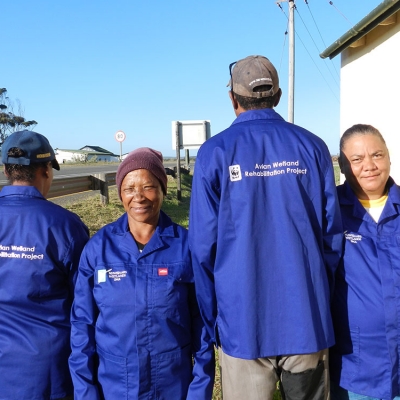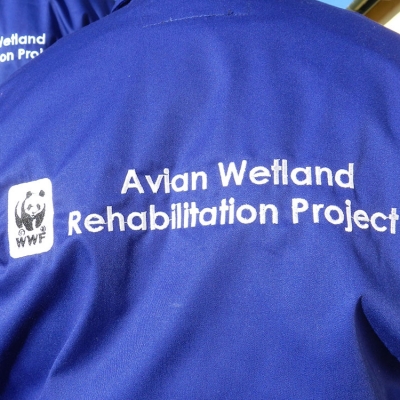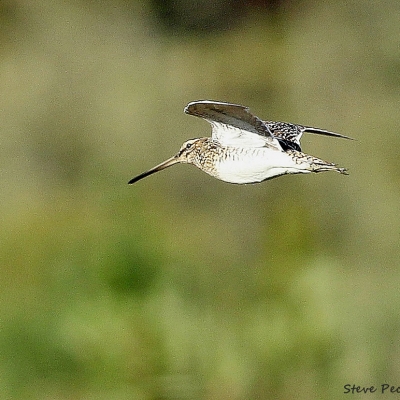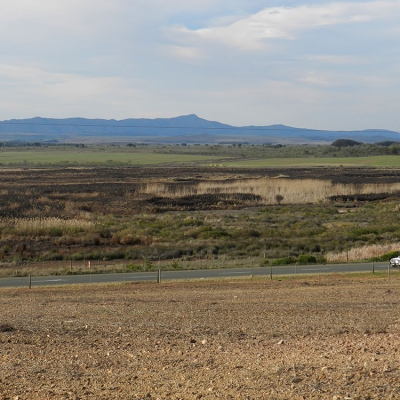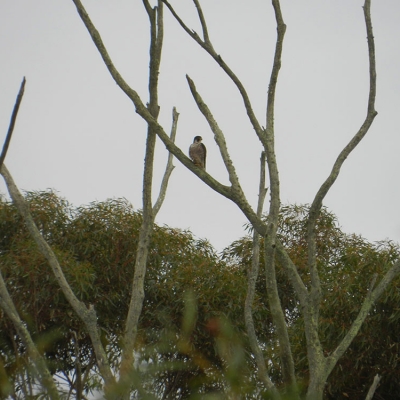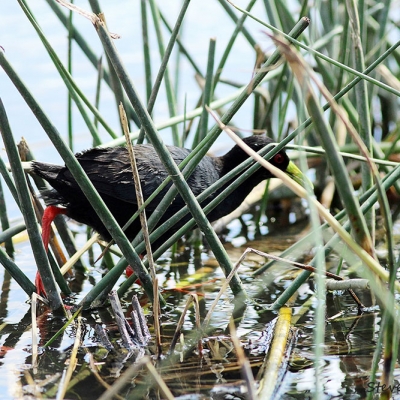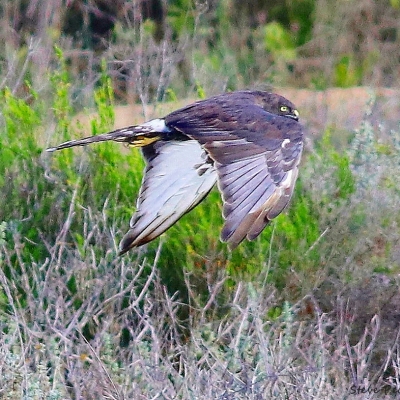 The Nuwejaars Wetlands provide a home to many threatened birds. So it’s vital our wetlands can support these birds, by being in the best condition possible.
The Nuwejaars Wetlands provide a home to many threatened birds. So it’s vital our wetlands can support these birds, by being in the best condition possible.
To help us improve and expand on this bird habitat, we’ve now partnered with WWF South Africa and BirdLife South Africa.
The focus is on a 5km stretch of wetland along the Nuwejaars River within our Special Management Area. The area holds rich bird life – and is a Palmiet and Berzilia riparian wetland.
It’s home to species such as the regionally endangered African Marsh Harrier, Black Duck, Marsh Owl and Purple Heron.
But it has been heavily invaded by invasive plant species over time – in particular Port Jackson. These alien plants not only affect the bird life, but also impact on the quality and quantity of the water.
With our partners, and through funding secured from WWF, we now have a plan for the area:
STEP 1: GET RID OF THE INVASIVE PLANTS – creating jobs for 6 people from the local community within the Special Management Area.
Why? This helps to restore the natural flow of water, and ensure the wetland functions as it should. And this in turn can support the animal life here.
STEP 2: BURN STRATEGIC AREAS to help regenerate and encourage regrowth of the indigenous vegetation.
Why? Controlled burns reduce the risk of wildfires, especially in the hot summer season. They also help us to get to the invasive plants, in order to clear them.
STEP 3: PLANT INDIGENOUS VEGETATION in the wetland area.
Why? The natural vegetation reduces the risk of erosion, especially when we’re hit by floods, and will provide the ideal habitat for birds such as the secretive rallid species such as the Baillon’s Crake, Red-chested Flufftail and Black Crake.
STEP 4: DEVELOP A BIRD HIDE and walk way for tourists and visitors.
Why? We’re excited about our beautiful SMA. We want others to see why we’re working so hard to protect it – and this is the ideal opportunity to showcase what we have.
STEP 5: DRAW UP A MANAGEMENT PLAN, which includes managing it for livestock, and monitor the impacts of the work.
Why? We want to sustain the work undertaken, and see how the bird life improves over time.

This work will give our birds the perfect habitat, and improve the integrity of the wetlands and Nuwejaars River, as it feeds the De Mond Nature Reserve Ramsar site.
So we’re so grateful to WWF South Africa as our major funder, and BirdLife South Africa as our strategic partner, for supporting this work.
Photographs by Steve Peck (www.napierbirding.co.za)

